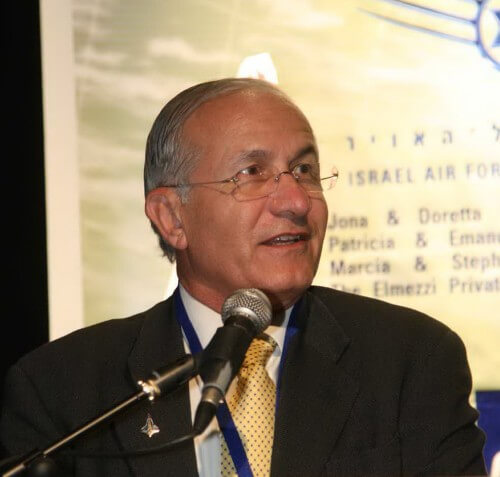In preparation for Space Week and for the launch of the students' satellite from Herzliya, the magazine "Rosh Gadol" was dedicated entirely to the tiny satellite revolution. We bring you the first of two articles by Prof. Haim Ashad, Chairman of the Space Committee, National Research and Development Council

The revolution in the use of space is already here. It came with the beginning of the era of tiny satellites, or, as they are called, the era of nanosatellites. In this way, education was also expanded to include the younger generation, from middle school and high school to college. Their low cost and the fact that building a satellite of any kind requires diverse knowledge, starting with physics, through computers and communications, turns the development and construction of the satellite into a multidisciplinary tool for teaching science.
In addition, all satellite components can be purchased from commercial companies that have specialized in the standard production of cube-type nano satellites measuring 10x10x10 cm, also via the Internet, with a very short delivery time and maximum availability. Later in the booklet, under the heading of tiny satellites, we will discuss their various uses for communication, observation, weather monitoring, traffic control and more, uses that were previously only carried out by large and expensive satellites. We will also discuss the launch of nano satellites, which will suit the growing needs in the world for cheap satellites that require a cheap and available launch.
In the same topic on the science website:
- Space in the port: an exhibition of space photographs in the port of Tel Aviv during the Israeli Space Week * Admission is free
- Kol Israel: Israel is in talks to launch a second astronaut
- Astronauts, heads of space agencies and space industry personnel at the 9th International Space Conference of the Israel Space Agency at the Ministry of Science and the Fisher Institute
- Israel Space Week events - on the website of the Ministry of Science, Technology and Space
The space field also deals with a variety of technologies such as materials engineering, computers (hardware and software), electronics, various detectors and transducers (MEMS). The subject combines scientific fields such as physics, astronomy, astrophysics and aeronautics. This is where the development and construction of a tiny satellite begins, by launching it into space and then commanding its operation through a ground station for reception, control and control.
- Dozens of study programs in the fields of space are operated in Israel, both in science centers that provide middle school and high school students with enrichment in physics, mathematics, robotics, cyber and space.
- The Ministry of Science, Technology and Space maintains educational activities such as science classes for children and youth and the establishment of space and astronomy centers. The Ilan Ramon Foundation was also established under the responsibility of the ministry, which grants scholarships with a budget of one million NIS per year for ten years. The fund's budget comes from government ministries and its activities are carried out in cooperation with the IDF, the Mitzpe Ramon local council and the Ramon family.
- Funded by the fund, about 6 students are sent each year to the International Space University ISU and Singularity University, and scholarships are awarded to 8 outstanding high school students at the "Ot Ramon" ceremony held in the Knesset, and support is given to competitions and quizzes held at the Weizmann Institute, the Israeli Center for Excellence in Education, and the Great Head Association for the Advancement of Knowledge and Scientific Education.
- The complexity of the space field and its multidisciplinarity may make teaching and learning difficult at a stage where the knowledge available to the learners is only partial. On the other hand, the fact that the subject of space expresses a variety of fields of knowledge and brings them together with practical implications, attracts students to delve deeper into the basic sciences such as physics, mathematics, chemistry and more. These are milestones in space science that excite the imagination of children and youth and push them to invest in learning science at an increased level.
- Scientific education in schools is preparation for the future in the army, university and industry. Today, more than in the past, the army makes use of knowledge-intensive technologies and needs soldiers with basic knowledge of the scientific professions. The future is in space education (theory and technology) and in the creation of flocks of tiny satellites that have intelligence and intelligence in them and between them.
Prof. Haim Ashad
Chairman of the Space Committee
National Council for Research and Development
Tomorrow Prof. Ashad's article dealing with launchers for tiny satellites will be published from the same issue
